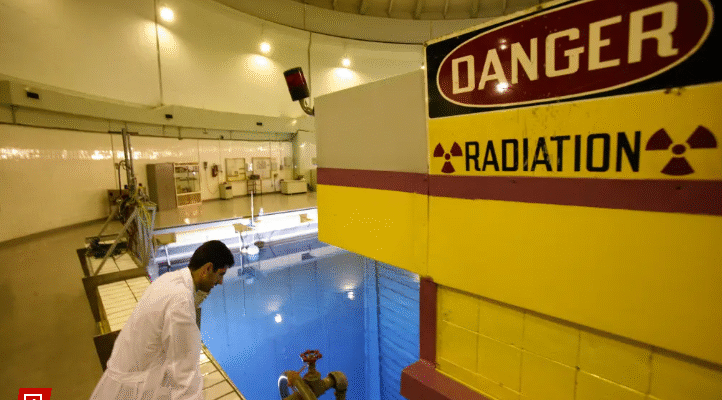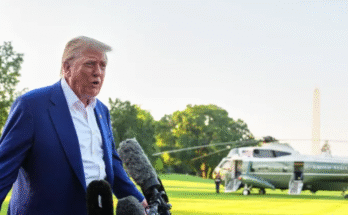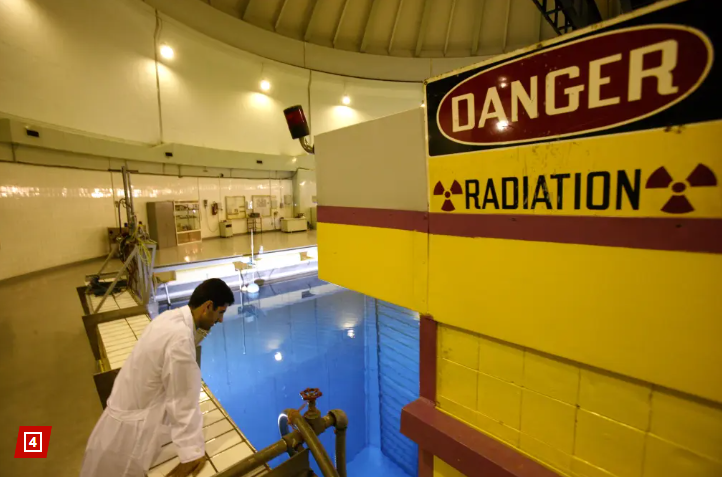
In a recent development that has sent ripples through international diplomatic and security circles, new evidence suggests that the United States’ strikes on Iran’s nuclear facilities caused significantly more damage than initially reported. Furthermore, an independent watchdog has revealed concerns over possible radioactive contamination resulting from the attacks, raising questions about the broader consequences of such military interventions.
Background of the Strikes
The US strikes on Iran’s nuclear infrastructure took place amid heightened tensions surrounding Tehran’s nuclear ambitions. The attacks aimed to cripple Iran’s ability to develop nuclear weapons by targeting key sites involved in uranium enrichment and nuclear material processing. Initially, official US sources described the strikes as precise and limited, ensuring minimal collateral damage while achieving the intended objectives.
However, as investigations and satellite imagery analyses emerged in the weeks following the attacks, it became apparent that the damage inflicted was far more extensive. Facilities adjacent to the primary targets, including civilian infrastructure and environmental sites, appear to have suffered significant destruction.
New Evidence Points to Greater Destruction
The International Atomic Energy Agency (IAEA), tasked with monitoring nuclear activity worldwide, has recently published a preliminary report indicating that the strikes damaged not only the physical structures but also critical containment and safety systems designed to prevent nuclear leaks.
According to the IAEA, several storage units containing radioactive materials at the targeted sites were compromised. This breach raises the possibility of radioactive contamination spreading beyond the facilities, potentially affecting the surrounding environment and population.
Independent satellite imagery corroborates these findings, showing large-scale structural collapse, fires, and debris scattered over a much wider area than previously acknowledged. Experts suggest that the intensity and spread of the damage could hamper Iran’s nuclear program for years, but not without significant risks.
Possible Radioactive Contamination — A New Concern
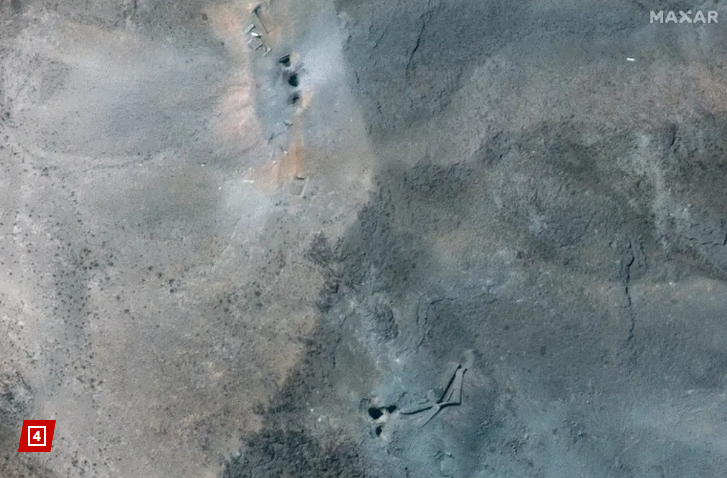
The IAEA’s watchdog report highlights the potential for radioactive contamination as one of the most alarming consequences of the strikes. When nuclear facilities are damaged, especially those handling enriched uranium or other radioactive substances, there is an inherent risk of radioactive particles escaping into the air, water, or soil.
Preliminary environmental assessments near the attack sites have detected unusual levels of radiation, although the extent and impact remain under investigation. Local Iranian officials and independent observers warn that contamination could lead to long-term health hazards for populations living downwind or downstream from the damaged facilities.
Contamination from radioactive materials can cause a range of health problems, including increased cancer risk, genetic mutations, and other chronic illnesses. Environmental damage can also affect agriculture, water supplies, and wildlife, compounding the humanitarian impact.
Regional and Global Reactions
The revelation of greater-than-expected damage and possible contamination has triggered widespread reactions across the globe.
- Iran’s Response: Tehran has condemned the US strikes as acts of aggression and violations of international law. Iranian officials have accused the United States of not only attempting to sabotage their peaceful nuclear program but also risking the lives of civilians through environmental contamination. State media has amplified reports of health issues in nearby communities, fueling anti-American sentiment.
- International Community: Several countries and international organizations have expressed concern about the potential environmental and humanitarian fallout. The United Nations has called for thorough investigations into the contamination reports and urged all parties to exercise restraint to avoid further escalation.
- US Government: The Pentagon and State Department have downplayed the contamination claims, reiterating that the strikes were necessary to prevent Iran from acquiring nuclear weapons capability. However, some defense analysts argue that the apparent underestimation of damage may affect public perception and diplomatic efforts.
Implications for Future Military Actions
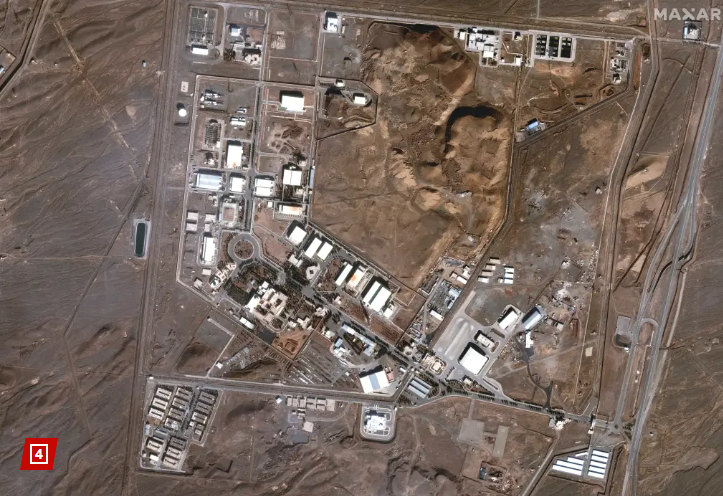
The findings related to the damage and contamination from the US strikes underscore the complexities involved in targeting nuclear infrastructure. While military action may temporarily set back a country’s nuclear ambitions, the environmental and humanitarian consequences can be severe and long-lasting.
- Collateral Damage: The strikes’ impact on surrounding areas highlights the difficulty of containing damage in densely built or sensitive zones. Future operations will need to balance strategic objectives with minimizing risks to civilians and the environment.
- Nuclear Safety Protocols: The breach of containment systems at nuclear facilities raises questions about the vulnerability of such sites to military attacks. It may prompt a review of international nuclear safety protocols and protection measures during conflicts.
- Diplomatic Challenges: Heightened tensions and damage of this scale can harden attitudes on all sides, making diplomatic solutions more elusive. Regional stability may be further compromised as Iran and its allies retaliate or escalate their own nuclear activities.
The Humanitarian Dimension
Beyond geopolitical implications, the human cost of possible radioactive contamination demands urgent attention. Populations living near the damaged facilities may face increased health risks requiring medical monitoring and intervention. International aid agencies and health organizations are being called upon to assess and respond to these emerging needs.
Moreover, environmental remediation could take years, requiring extensive resources and cooperation. Failure to address contamination swiftly could lead to widespread ecological damage, affecting food and water security in the region.
Looking Ahead
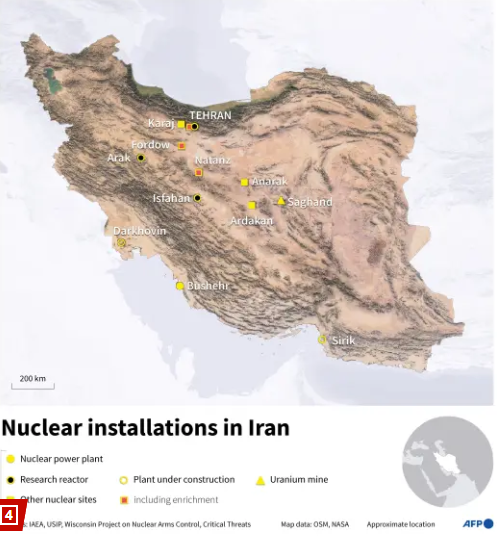
The US strikes on Iran’s nuclear facilities have undeniably delivered a strategic blow to Tehran’s nuclear program, but the emerging evidence of more extensive damage and radioactive contamination reveals the hidden costs of such military interventions.
As investigations continue, the international community faces critical decisions on how to address the environmental, humanitarian, and security challenges arising from this incident. Transparent reporting, coordinated monitoring, and diplomatic engagement will be essential to prevent further escalation and mitigate the long-term consequences.
For Iran, the damage presents a significant setback but also an opportunity to reassess its nuclear policies under increased scrutiny. For the US and its allies, the strikes serve as a reminder of the fine line between achieving security objectives and managing the fallout—both literal and figurative—of military force.
In this complex and volatile situation, careful diplomacy paired with responsible stewardship of nuclear safety is crucial to ensure that the pursuit of national security does not come at the cost of human and environmental wellbeing.
